Designer Tom Dixon on where and how he travels
London-based designer Tom Dixon is probably one of the only people in the world who doesn’t care if the airlines lost his luggage. Here are his reasons.
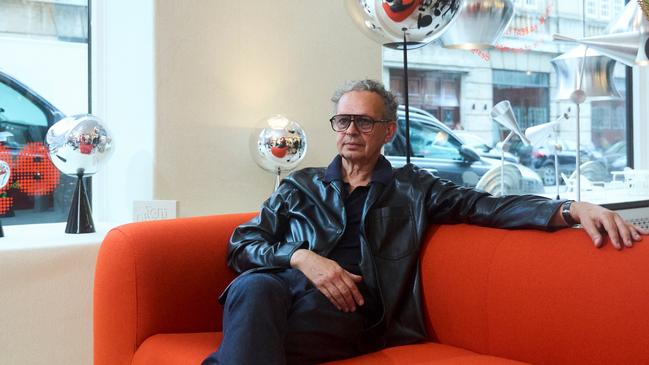
Tom Dixon’s serpentine S Chair has pride of place in London’s Victoria & Albert Museum and his ever-evolving brand is prized for its sculptural beauty. A globular-shaped Melt chandelier mimics liquid molten gold suspended in air. The softened silhouette of his Fat Work Office Chair dissolves the gap between office and home; while new brand category Fat and Plump Sofas hug the body with irresistibly deep curves.
“Each piece has a slightly different narrative,” explains Dixon. “Throughout my different periods as a designer, the fundamental underpinning has been my interest in materials and manufacturing techniques, and if you can subvert them, so much the better. I’m happiest experimenting with materiality, technique or point of view, and creating within a frame of functionality.”
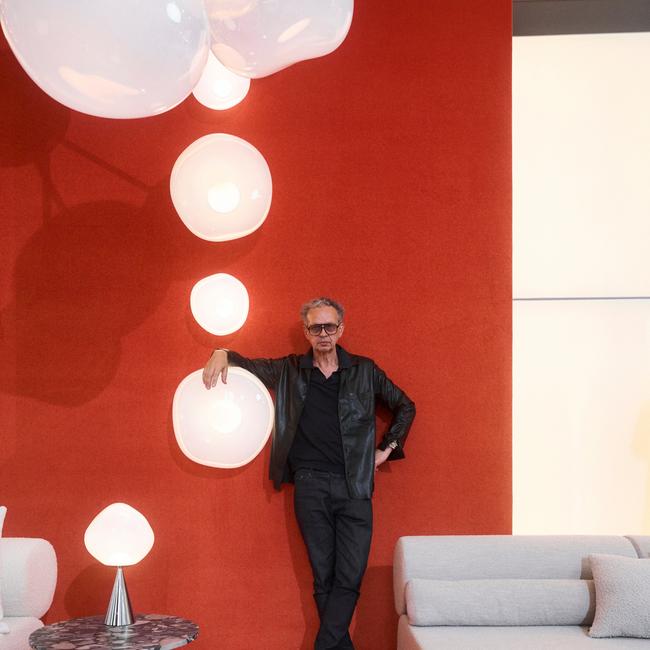
Dixon was born in Sfax, Tunisia, in 1959 to a French Latvian mother who met Dixon’s British father when she enrolled in his English class in Morocco. Work lured his parents to Britain when Dixon was four.
“In the 1970s, the comprehensive schools there were poor academically but had amazing design and technology, so I did metalwork, woodwork, ceramics and technical drawing.” After drifting into art school and jobs such as hand painting cartoons, Dixon credits playing bass in disco band Funkapolitan for taking him out of his shell. “It was my first taste of making money from my own creativity.”
By the mid-1980s, throwing weekend warehouse parties freed him to embrace his passion for design. “We’d take over obscure spaces in West London, such as Chelsea Bus Garage; I used welding as a kind of a performance art, testing out ideas, then starting to sell my stuff, realising I could turn metal into gold. That connection with the people buying my work was the inspiration for my career.”
How my multicultural heritage has shaped my life
I lived in Tunisia, Suez and Rabat as a young child before we moved to Huddersfield in Yorkshire for my father’s work. After early memories of arid, luminous North Africa, with flying fish, camels and locust storms in the desert, I came to a wintry world of huge snowdrifts and buildings covered in soot. But as an adult I have grown to appreciate the beauty of Yorkshire’s hills, dales and stone walls. My childhood had a real duality. I was brought up bilingual, speaking French in England, with North African roots.
Where I eat in London
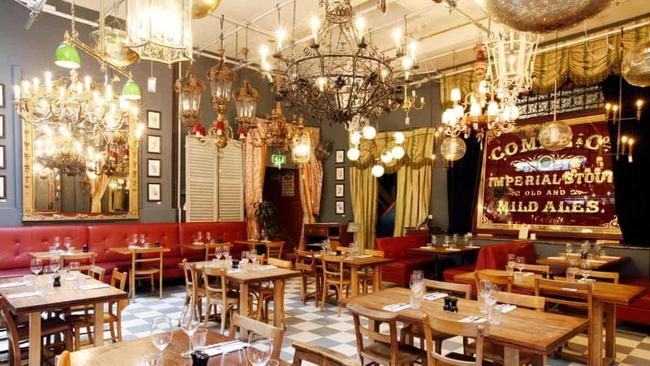
My family left Yorkshire for London when I was six and I’ve lived here ever since, so I’m a Londoner. I love the cosmopolitan variety of cuisine. Jackson Boxer is a great young chef who, among other venues, runs LASSCO Brunswick House Restaurant in a Palladian-style Grade II-listed Georgian residence at Vauxhall. LASSCO is really quirky, with fine furniture, antiques and decorative household items for sale. The menus celebrate the best of British produce. That’s my kind of restaurant.
My fabourite hotels
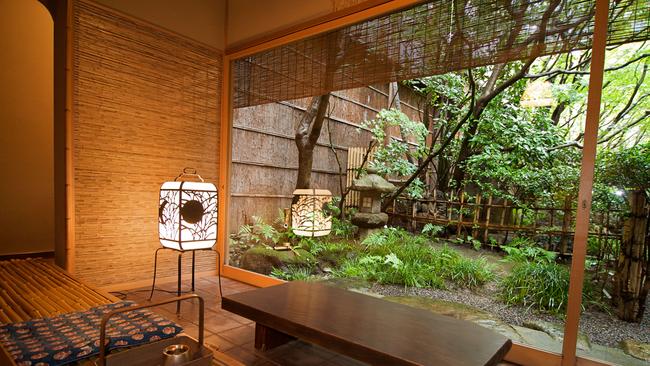
I prefer hotels that retain a connection to the place I’m visiting rather than an international blandness. Globalisation makes it difficult to find authenticity, so travellers need to go to smaller and smaller places to get a sense of the destination and its culture. I sometimes think “Where’s left? North Korea?” One place that has retained its original atmosphere and honours its culture is the amazing Tawaraya ryokan (pictured) in Kyoto. It’s been in business since 1709. Every room has a private garden for contemplation, and traditional futons are rolled out on tatami matting each evening.
I like to leave it to chance
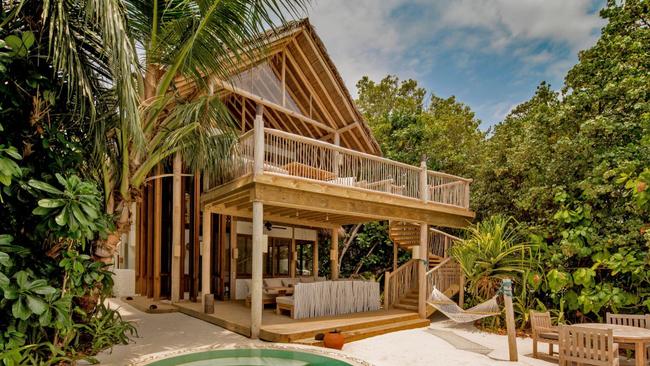
I don’t obsess over maps, Instagram recommendations or Michelin stars. If I want to eat Moroccan in Paris, I’d rather stumble upon a new place. I’ve been drawn back to childhood locales like Tunisia and Marrakech. My favourite Moroccan dish is still the crescent-shaped Msemmen pastry, and I can cook a mean couscous. I went to Dakar in Senegal and was amazed by the modernist architecture combined with the feel of an African capital. I also just stayed at Soneva Fushi resort in The Maldives for a coral restoration project; the glass-blowing workshop was an unexpected surprise.
My favourite city to visit

I still love Venice for its antiquity, peculiarities, and freedom from cars. The city’s uniqueness makes it a tourist trap but walk just a few blocks beyond the crowds of St Mark’s Square and there’ll be a fresh fish market for locals or a violin maker in a shop that’s been there hundreds of years. I could see myself living there. Venice is within quick access of cities across Europe, and feels very international, and close to manufacturing in Austria, Slovenia or Slovakia. Residing in a small palazzo would be a nice scenario, although of course they keep rising in price.
The place I travel to again and again

The smells, sounds and tastes, the landscapes and languages, of India make it one of the world’s most exotic places. Even though I have visited 20 times, I have only scratched the surface. Delhi has always been the gateway to manufacturing in India. I find work travel engaging as I get to venture beyond the tourist trail and eat in the workers’ canteen. I go to the factories in Panipat, Moradabad, Firozabad or Jaipur (pictured). Most of those places have no tourism, so it’s quite a gritty experience and real immersion. There is something precious about meeting the people who make your things, which is rare for a designer.
Why I don’t mind if airlines lost my bag
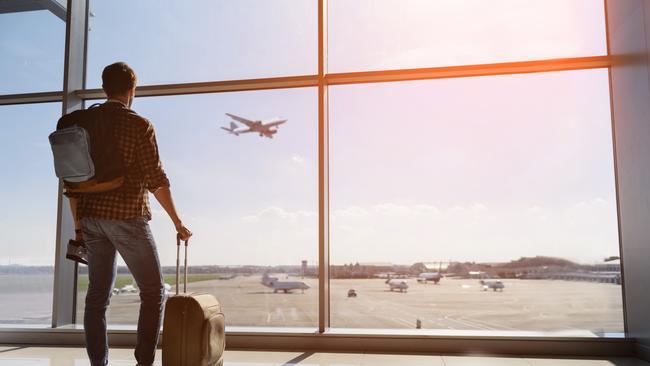
I have mastered taking only a carry-on suitcase, even when going away for weeks, which simplifies getting through the airport and keeps me from stressing out. Air travel has become an exhausting race through security, so I much prefer rail. I fly for so many different reasons that I have to pack to be journey-specific. It may be a marketing trip in a temperate zone, a work trip to India in searing heat, or both. I make objects and sell them, but I don’t carry “stuff”. It wouldn’t really bother me if my bag got lost; I’d find the challenge of starting all over again quite interesting.
If you love to travel, sign up to our free weekly Travel + Luxury newsletter here.

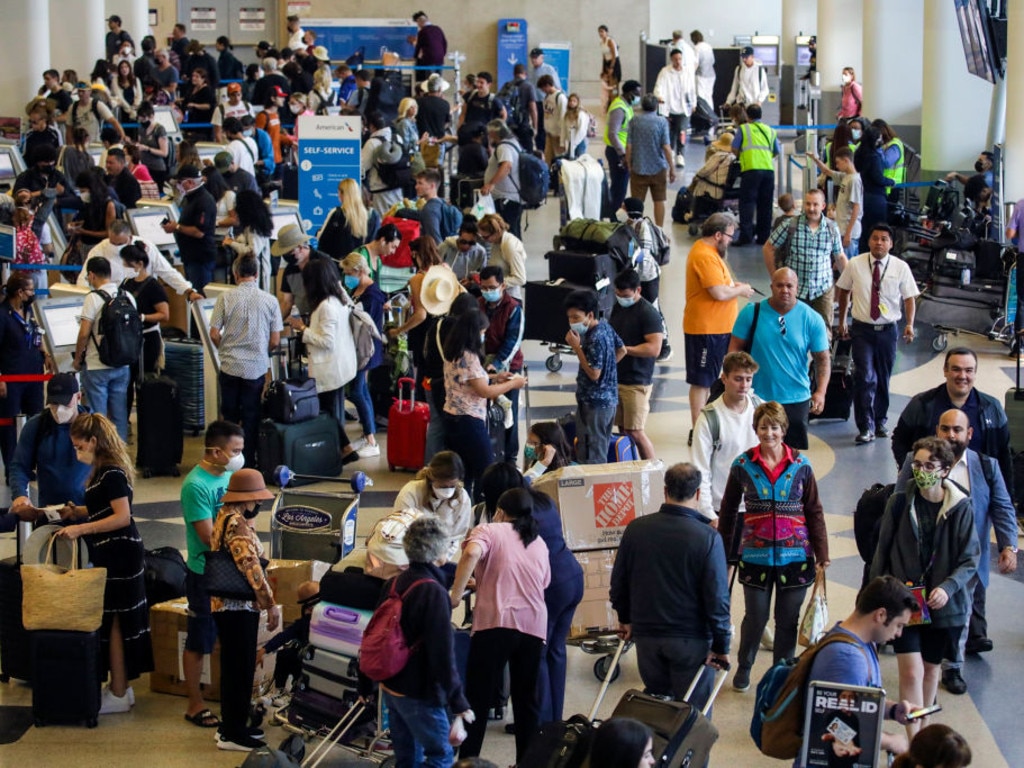
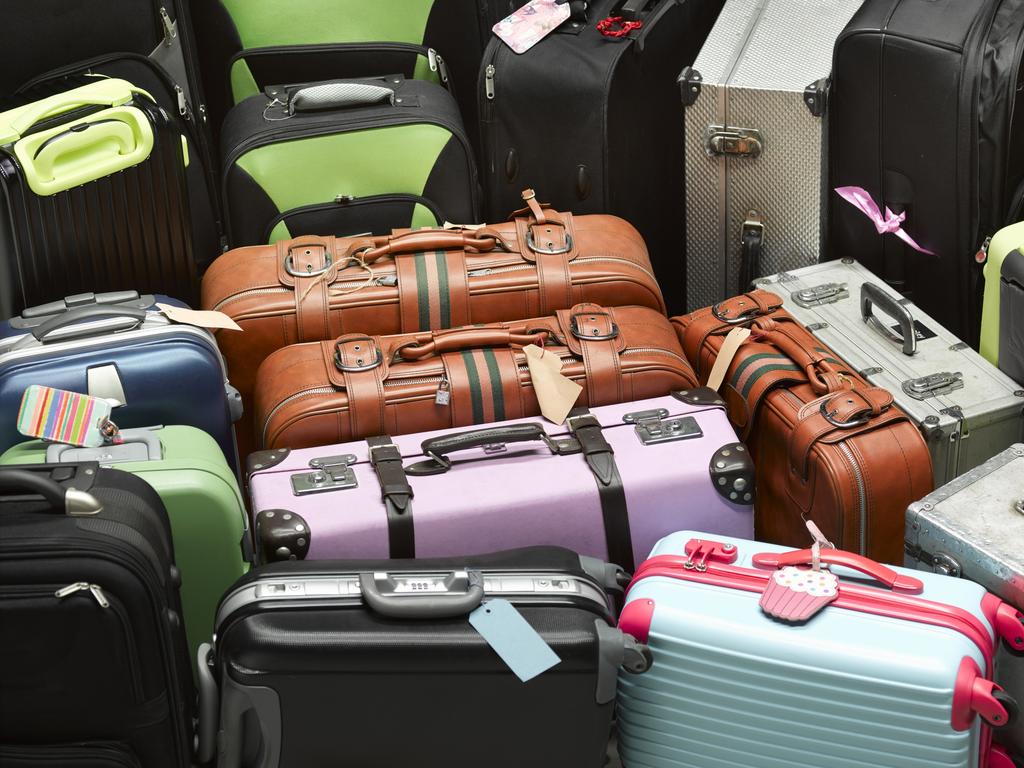
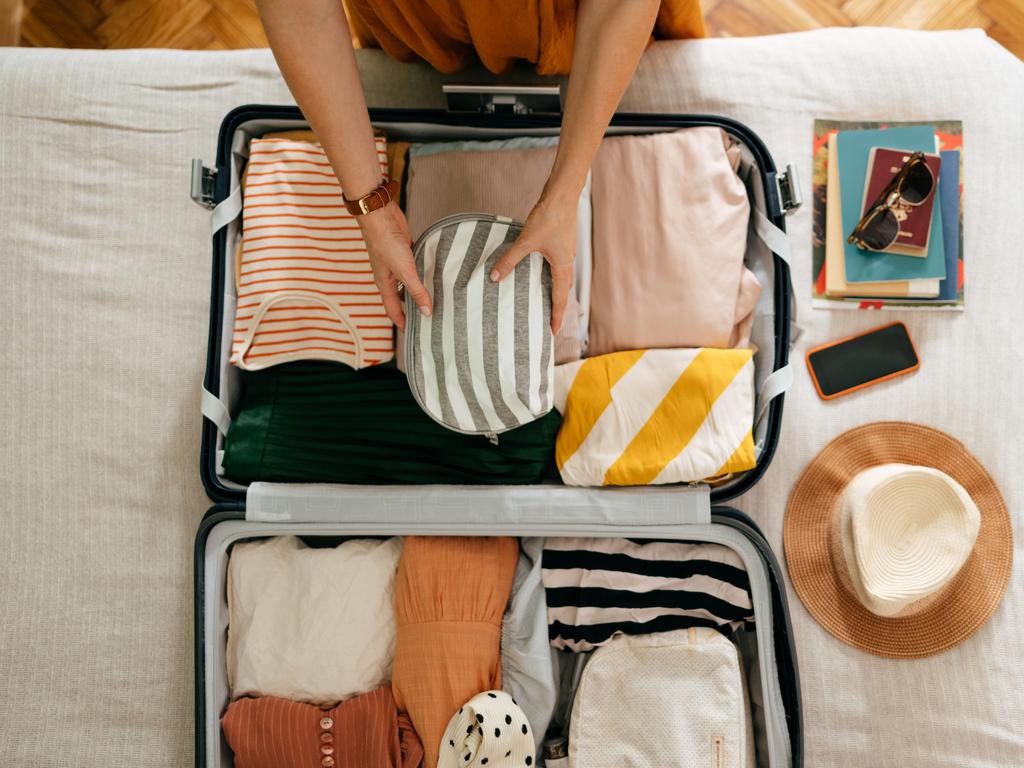
To join the conversation, please log in. Don't have an account? Register
Join the conversation, you are commenting as Logout